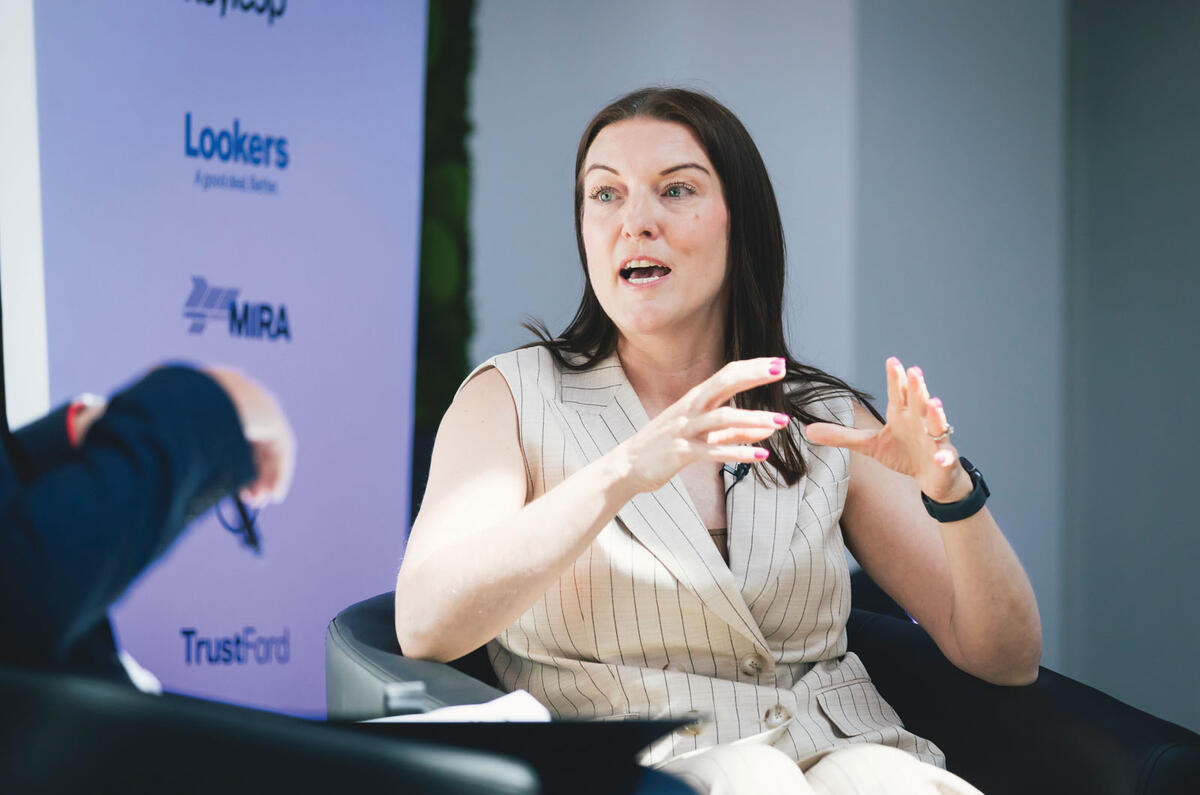The top designers, engineers and company bosses will usually get the headlines and plaudits for the successful launch of a new car. But behind them is a team of hundreds, maybe thousands, working towards that success.
New models must be planned and costed then delivered on time and on budget. That involves planning and project management, and Renee Knott, whose role at Aston Martin sees her head up both of those areas, is one of those backstage heroes.
She left a staff role at JLR for a contract job at Aston in 2003 as a programme timing analyst, such was the pull of the marque and the extent to which “she loved the cars”. She became a member of staff in 2006 and has been there since.
In her early days at JLR, Knott soon realised she wanted to “spend her whole life” working in project management. “I just love it,” she says. “Even outside work, my life is a plan.”
Knott was first deployed on the VH platform that would underpin a whole generation of Astons, starting with the DB9.
Project management is about creating relationships and networks and ultimately “building trust”, says Knott. She speaks warmly of the family feel at Aston, of how everyone buys into a project where going the extra mile is not just a cliché but a reality: “Aston is ultimately a small, independent luxury brand.”
There are partnerships with the likes of Mercedes-AMG, but Knott says these are “very, very different” from how things were under Ford ownership in the Premier Automotive Group. “You would always have that safety blanket,” she adds. In automotive terms, Aston doesn’t now have “a big brother” to share technology and information.
Knott speaks highly of Aston’s executive chairman Lawrence Stroll, who heads the company and helps to create an environment in which it can thrive on its own. She says he was immediately “very visible and very engaged” around Aston when he arrived five years ago. “There has been quite the transition since he joined,” she adds. “He’s really passionate about Aston Martin and wants to make it a success.”
Knott describes seeing validation prototypes run off the production line as “quite emotional”. She adds: “You see something you’ve been looking at in [digital renderings] suddenly come to life.”
The culmination of the six-year DB12 project was a particular highlight for Knott as a project that grew in time and complexity in order to futureproof it with the likes of active safety and a new electrical architecture.










Add your comment